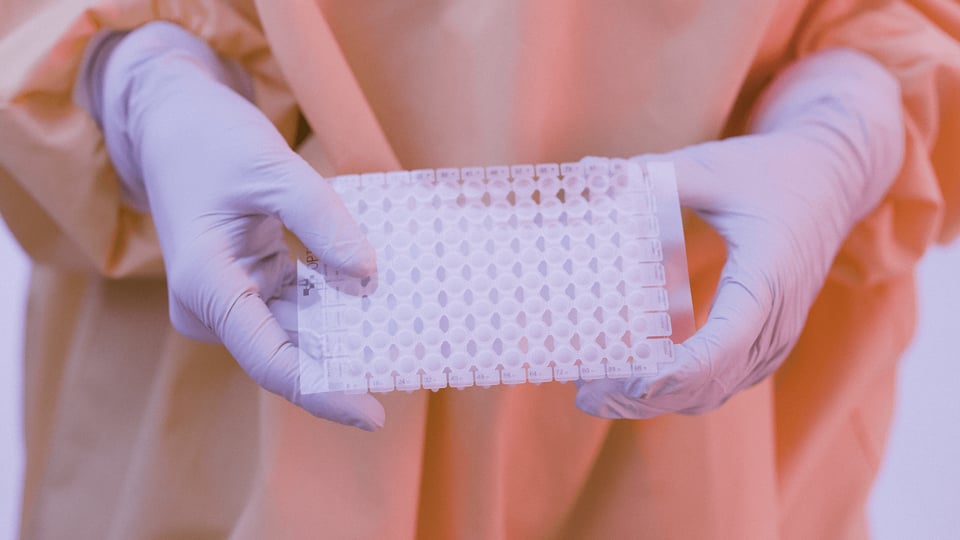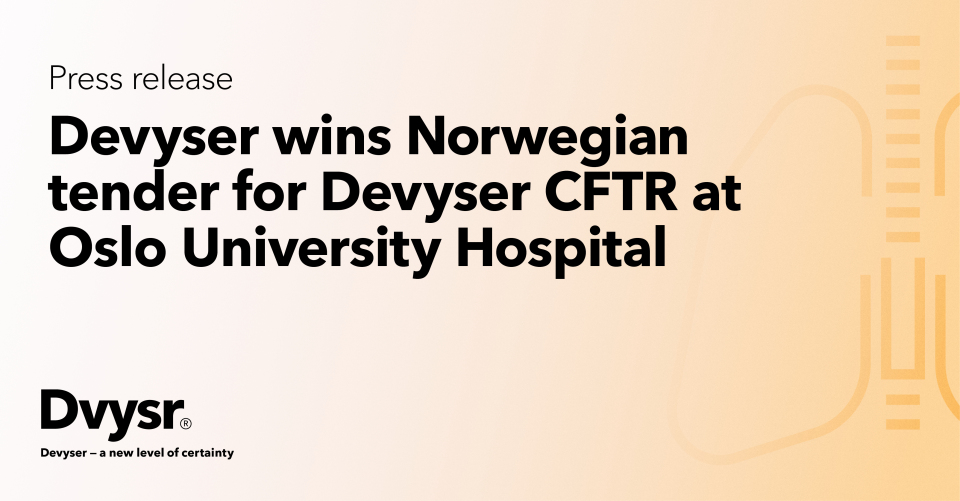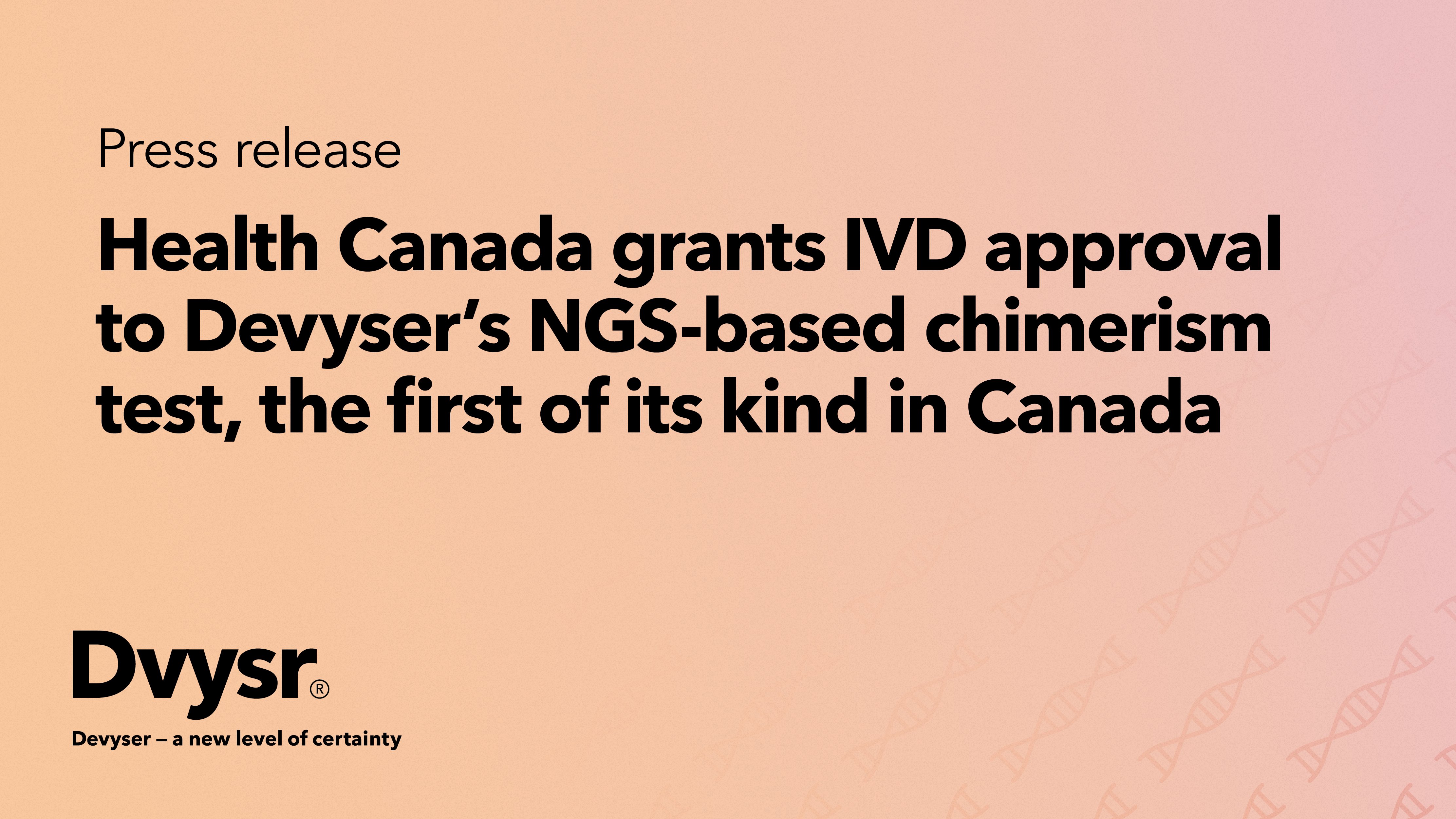Devyser wins Norwegian tender for Devyser CFTR at Oslo University Hospital
Devyser is proud to announce that the company has been awarded a tender by Oslo University Hospital...

Thalassemias | October 7, 2022
Staffing requirements
With the ability of NGS to analyze thousands of markers in a single test, implementing a new NGS test enables a more streamlined diagnostic workflow. Depending on the application, many labs find that there is no net impact on the number of staff required, although some level of retraining will be needed initially and competency maintained for the new method.
Breadth of assay technologies
When migrating to an NGS-based diagnostic workflow, in most cases the breadth of assay technologies being used does not change, but the frequency and volume of their use will shift. For example, if NGS replaces an allele specific detection method, Sanger sequencing or GAP-PCR as a primary diagnostic test for a particular disease state, the legacy tests will typically still be needed, but as secondary tests they would be run less often.
Assessing the impact on workflows
When assessing the potential impact of a new NGS test and/or diagnostic routine, the first step is to map out your current testing workflow and compare it side by side with the proposed NGS solution. This will help you spot opportunities to replace or consolidate work streams, compare turnaround times, and understand how the balance of activities in the lab is likely to change.

Devyser is proud to announce that the company has been awarded a tender by Oslo University Hospital...
Read More

Devyser, a leading provider of advanced genetic testing solutions, has been awarded a new tender in...
Read More

Devyser is proud to announce that One Lambda Devyser Chimerism and Advyser Chimerism have been...
Read More

Devyser today announced that the Centers for Medicare & Medicaid Services (CMS) has issued its...
Read More